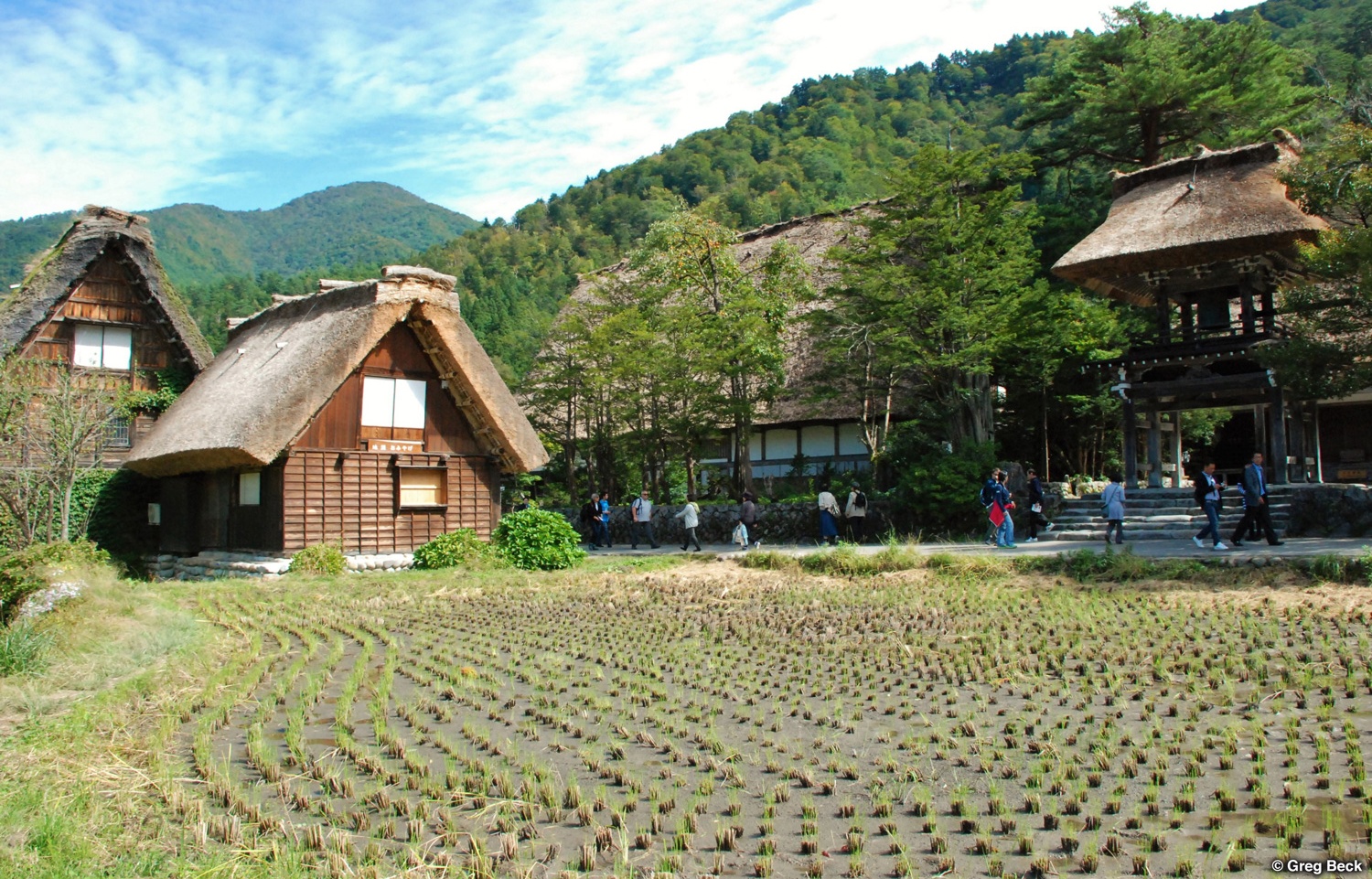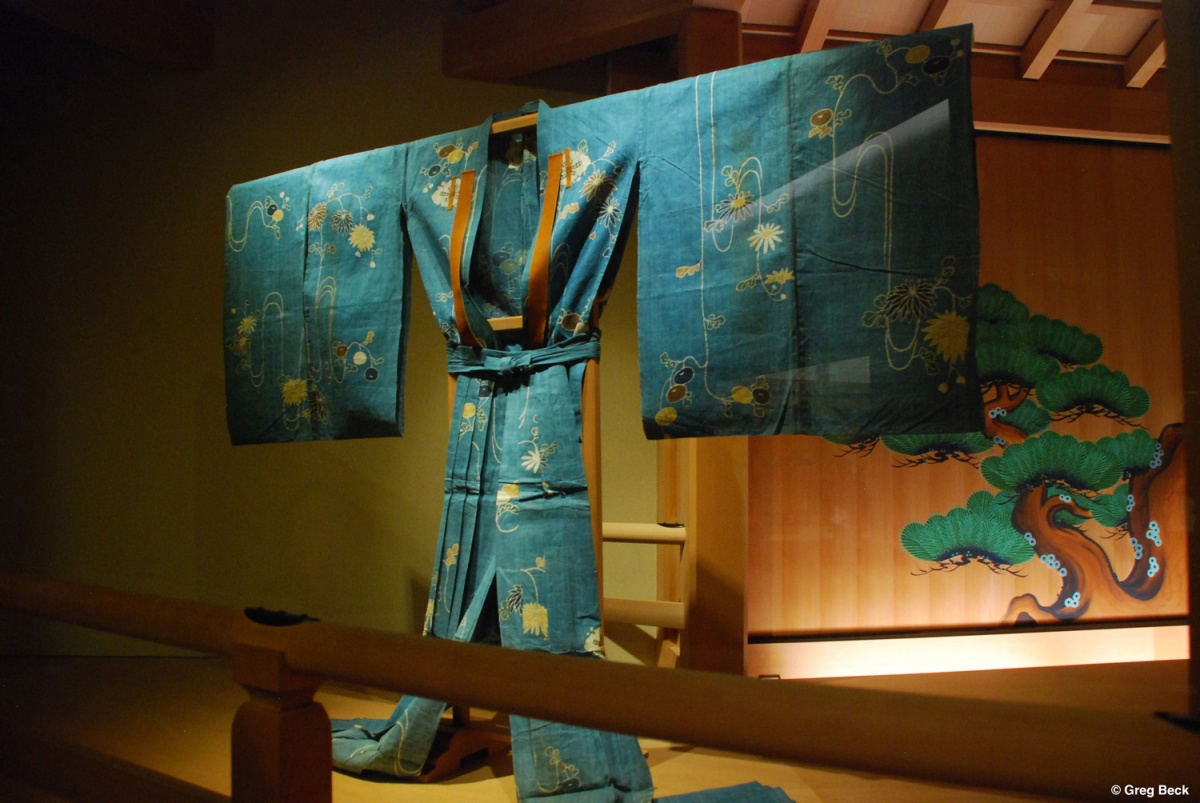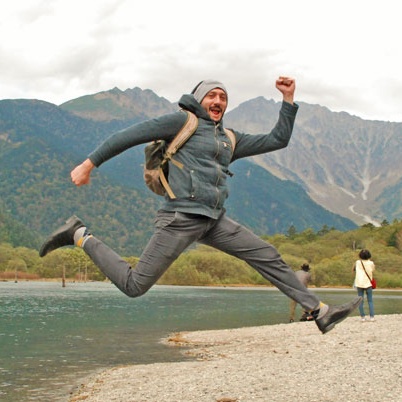Shoryudo: Knockout Destinations
Travel to Japan and odds are you’ll see Tokyo, Kyoto, and Osaka. But one, grand region gets passed over, despite offering the very Japanese essence most tourists dream of experiencing. The Chubu (lit. “Central”) Region hopes rebranding itself “Sho-ryu-do” will catch your attention before you speed by on a bullet train.
By Greg Beck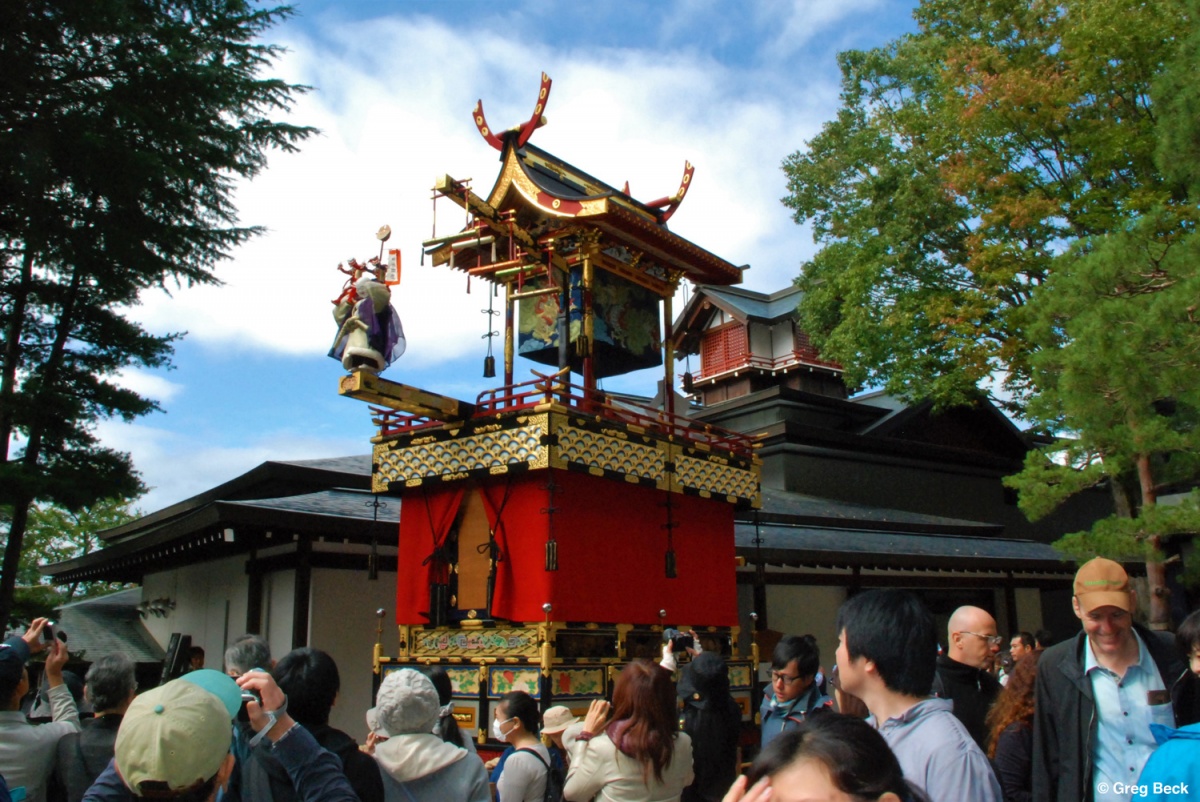
http://www.chopsticksny.com/local/travel/travel_to_japan/2016/11/SHORYUDO_Knockout-Destinations
I traveled to Japan to explore this region because it is relatively unknown to Americans, yet flush with destinations the Japanese people visit to connect to their roots. Shoryudo shares most of its name with that classic, Street Fighter uppercut, Shoryu-ken, but this “Rising Dragon Path” is named for Ishikawa’s Noto Peninsula, rising up like a dragon’s head, into the Sea of Japan.
I found it ideal for those wanting to experience “Classic Japan,” without forfeiting the fun and relaxation of being on vacation. With too much to see and do everything, I hope these highlights and extra recommendations from my travelogue may provide some inspiration.
Shizuoka
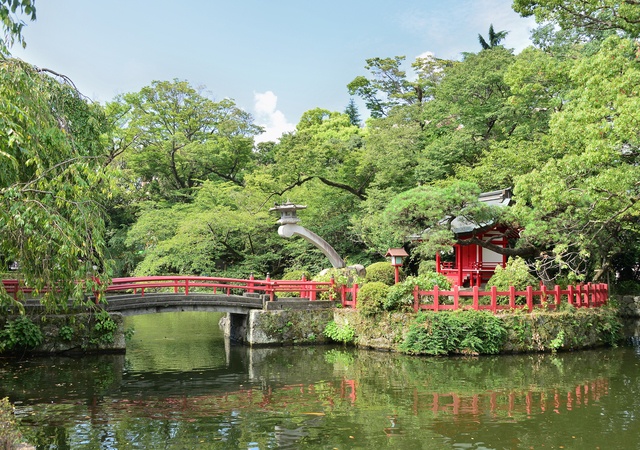
https://pixta.jp/
My tour started in Shizuoka Prefecture’s Izu Peninsula, not far from Mount Fuji. I stayed in the spa town of Shuzenji. If you love Kyoto, imagine all of the beauty, charm, and history of that city, in a place where all of the sights are within walking distance—then add hot springs! In the center of the Shinto shrines, Buddhist temples, and hot springs, there is even a store that rents out and dresses you in kimono for the day to immerse yourself in the old-town atmosphere while crossing romantic, red bridges, and strolling through the enchanting Bamboo Lane.
I stayed at the Arai Ryokan. Arai was not just a place to sleep, though. My spacious, tatami-mat room overlooked Katsura River. A delicately maintained lake and Japanese garden were right outside my door, as were private and communal hot springs and access to the outdoor hot spring, too. The café offered snacks and drinks, including local sake and craft beers. I enjoyed breakfast and dinner kaiseki-style, a multi-course set menu, showcasing the chef’s skills with numerous cooking techniques to prepare seasonal dishes. I would have gladly spent three more days there, but more of Shoryudo awaited!
Recommendations: The Grand Shrine of Mishima, The House of Mishima Lunar Calendar Publisher, Ikesuya Restaurant
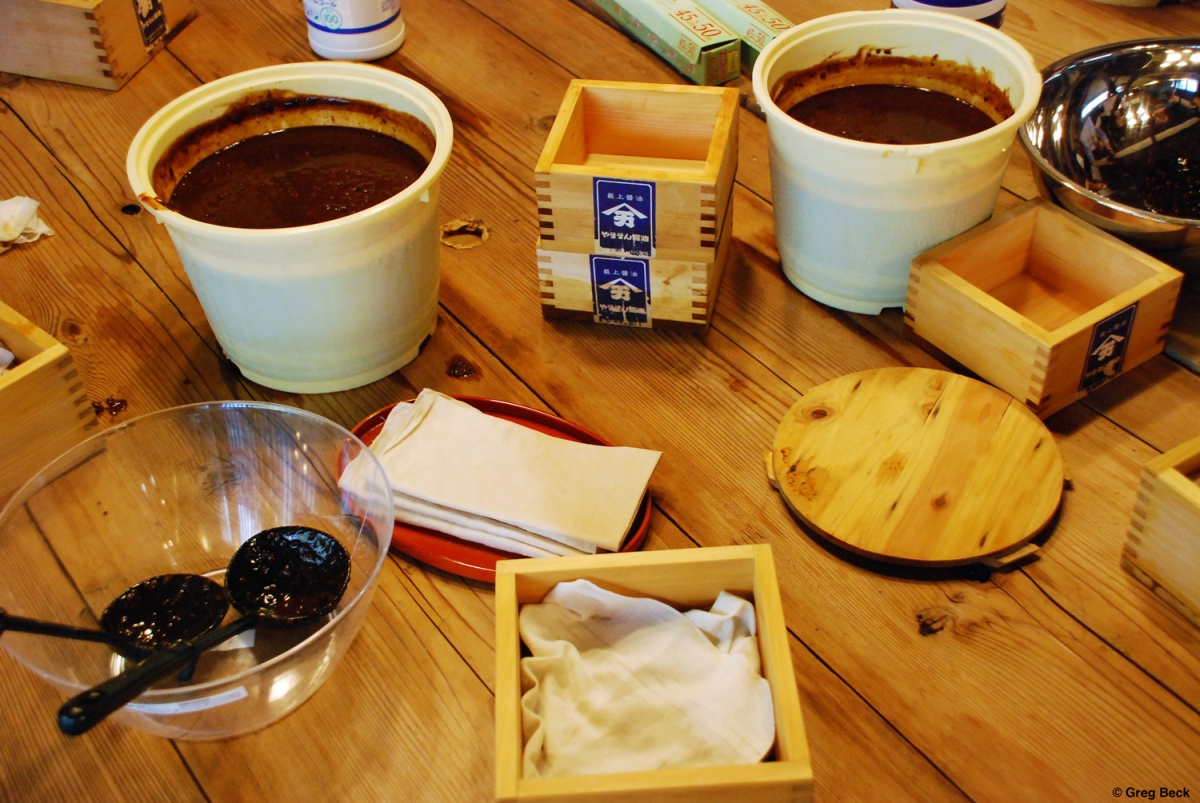
http://www.chopsticksny.com/local/travel/travel_to_japan/2016/11/SHORYUDO_Knockout-Destinations
Taking the Suruga Bay Ferry, rainy weather prevented my view of Mount Fuji, so I had to settle for relaxing on the luxury second floor, scanning the water for dolphins.
Arriving in the “City of Music,” Hamamatsu, I toured the 152-year-old, Hana-no-Mai sake brewery. Tasting many excellent sake and plum wines perfectly prepared me for a fun night out downtown. Better still was an unexpectedly wonderful time I spent at Meijiya Shoyu, a family-owned soy sauce company, where I learned how soy sauce is made, got a tour of the factory where it is fermented and pressed, and used a cute, wooden hand-press to “make” my own bottle of soy sauce to take home. But the best thing about Meiji Shoyu was the kind and loving family, who have operated out of their home for six generations (the seventh generation is an adorable, little boy).
Recommendations: Tokaido Hiroshige Museum of Art & Yui Honjin Park, Kaikatei Restaurant, Showa Shokudo, Okura Act City Hotel
Aichi & Ishikawa
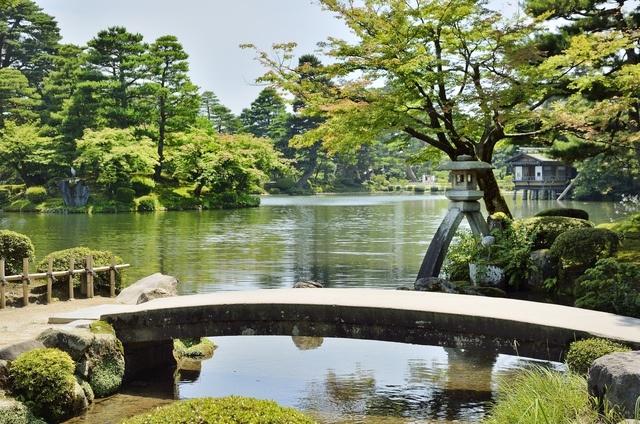
https://pixta.jp/
Leaving Shizuoka, I spent the morning in Aichi Prefecture’s Gamagori, picking and eating mikan oranges from an orchard at Gamagori Orange Park before making my own mikan-daifuku dessert. The charming city, snugly set between mountains and ocean, surprised me with much more to do than time allowed, so I plan to go again!
Similarly, my next stop, rising up the dragon’s neck to Kanazawa, in Ishikawa Prefecture, was tragically brief. Kenrokuen garden, one of the Three Great Gardens of Japan, overwhelmed my expectations with its boundless beauty.
Recommendations: Higashi Chaya District and Sakuda Gold & Silver Leaf Crafts workshop, Kaiyutei Restaurant
Gifu
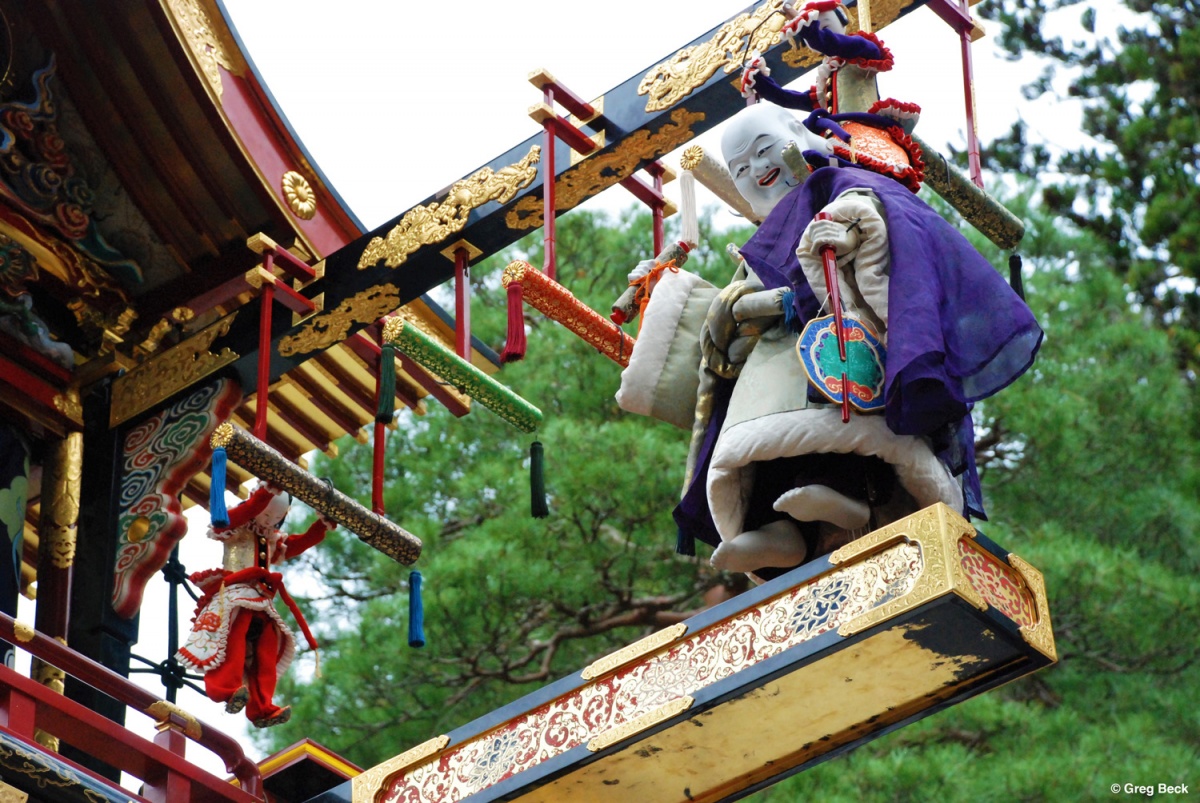
http://www.chopsticksny.com/local/travel/travel_to_japan/2016/11/SHORYUDO_Knockout-Destinations
From there, I traveled to Gifu Prefecture, to catch the second day of the Takayama Festival. I arrived just in time to watch the Dashi Karakuri performance, where thousands gather at Sakurayama Hachimangu Shrine to witness incredible dolls performing acrobatics over the edge of a gorgeously decorated yatai float. The karakuri dolls operate completely by hand-powered, internal mechanisms, dating as far back as 1635. The performance entranced everyone watching, myself included, as the dolls narrowly avoided falling to the ground and ending the performance. There was a fun, almost suspenseful feeling in the air. I could understand why the tradition remains so popular.
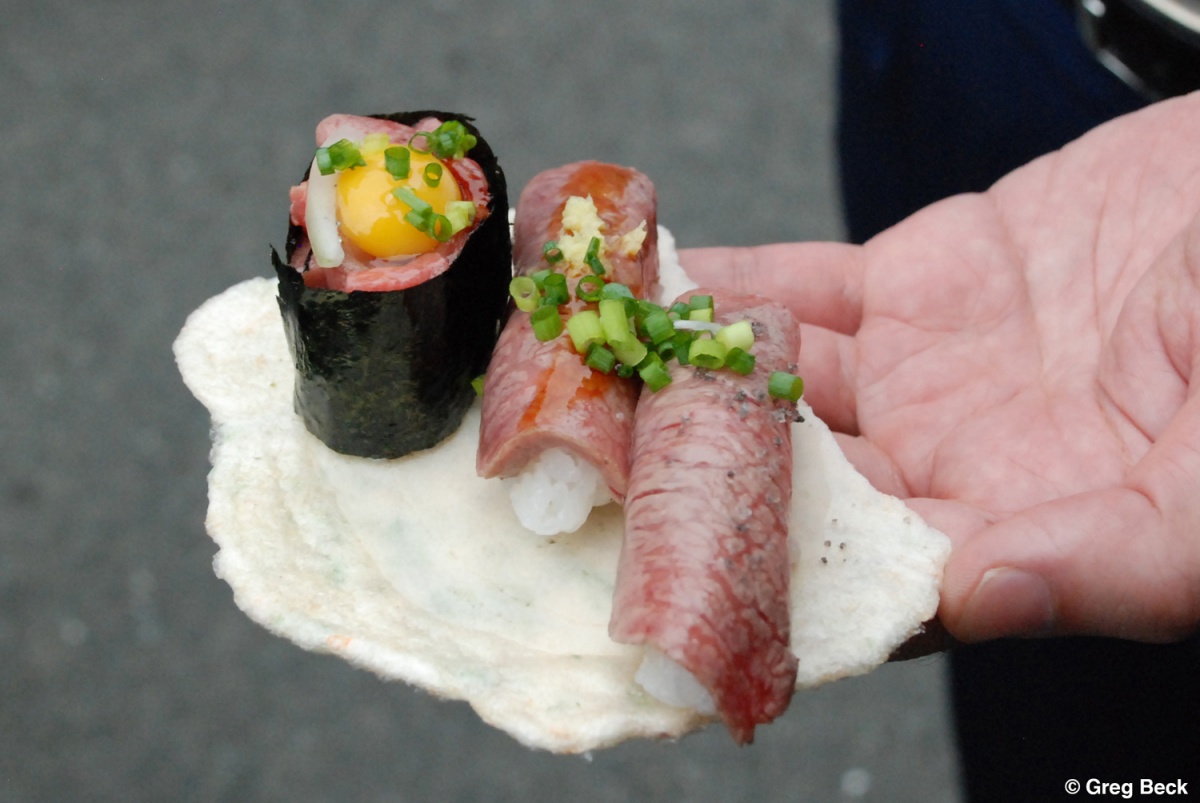
http://www.chopsticksny.com/local/travel/travel_to_japan/2016/11/SHORYUDO_Knockout-Destinations
Outside the shrine, the older yatai and karakuri were displayed, and the Old Town district was a beehive of tourists and locals alike. People lined up to buy Hida beef, served as sushi atop rice, or gunkan style, wrapped with nori and topped with a raw quail egg. Hida beef’s quality, known in Japan to rival that of Kobe beef, along with the delicate sushi rice and umami-enriching egg, highlight the flavor of the beef, which was phenomenal.
Returning the next morning to walk the farmers market, I loved how many young people were carrying on family businesses, or in some cases starting their own. One young woman served espresso her husband roasted himself, and served it in tiny, edible tea cookie cups, coated inside with a sugar glaze. Another man sold kokusen sweet crackers his family has made for five generations. With very little encouragement, he also pulled out a bass guitar and started performing!
Recommendations: Gyosai restaurant, Amane Dining
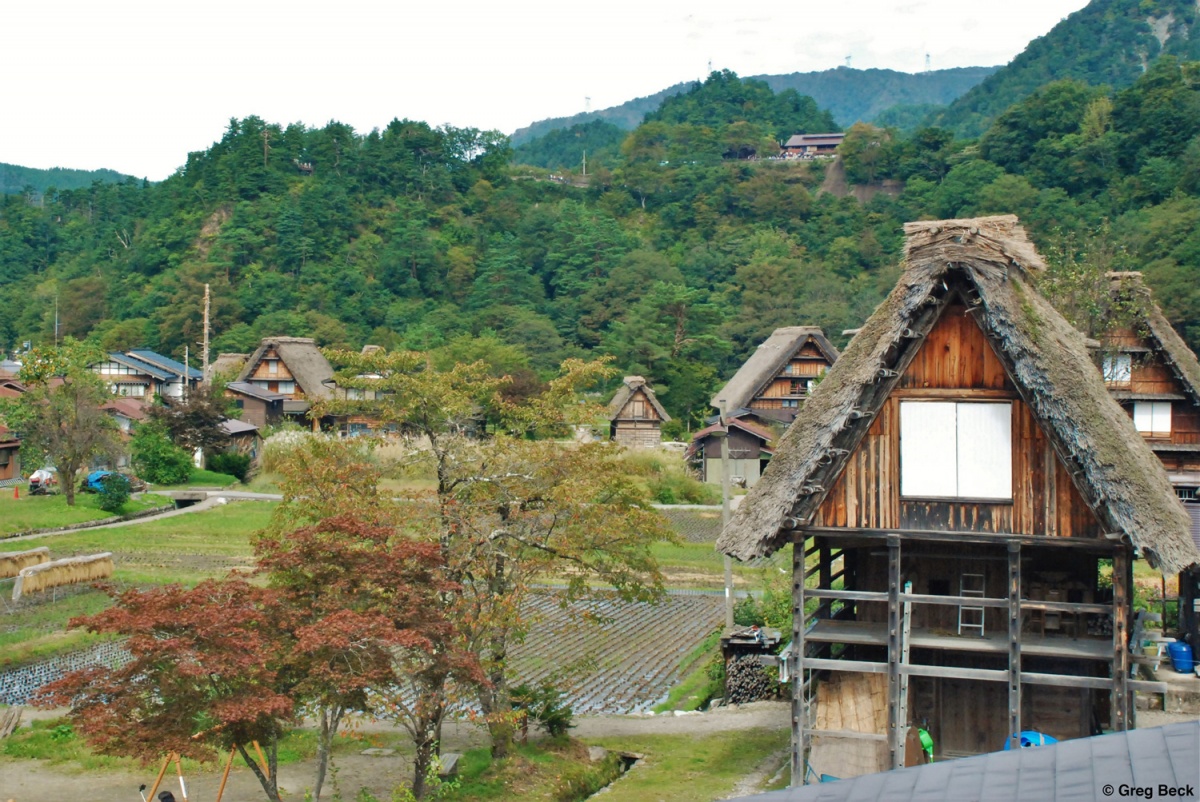
http://www.chopsticksny.com/local/travel/travel_to_japan/2016/11/SHORYUDO_Knockout-Destinations
While I loved Takayama’s old-town feel, there is nothing like the real thing. Shirakawa-go was next—a village and UNESCO World Heritage Site, maintaining historic, thatched-roof cottage homes nestled in the natural beauty of mountains and streams.
Crossing the bridge into the village is like stepping a thousand years back in time. The local shrine has a museum explaining their annual festival of sake in October, and one of the cottages serves as a museum to the old ways. A burning hearth at the center, and English labels found on each of the smoky, upper floors explained the rooms and tools. The rice fields and laundry hung outside of homes where people still live added an unparalleled level of authenticity.
Nagano
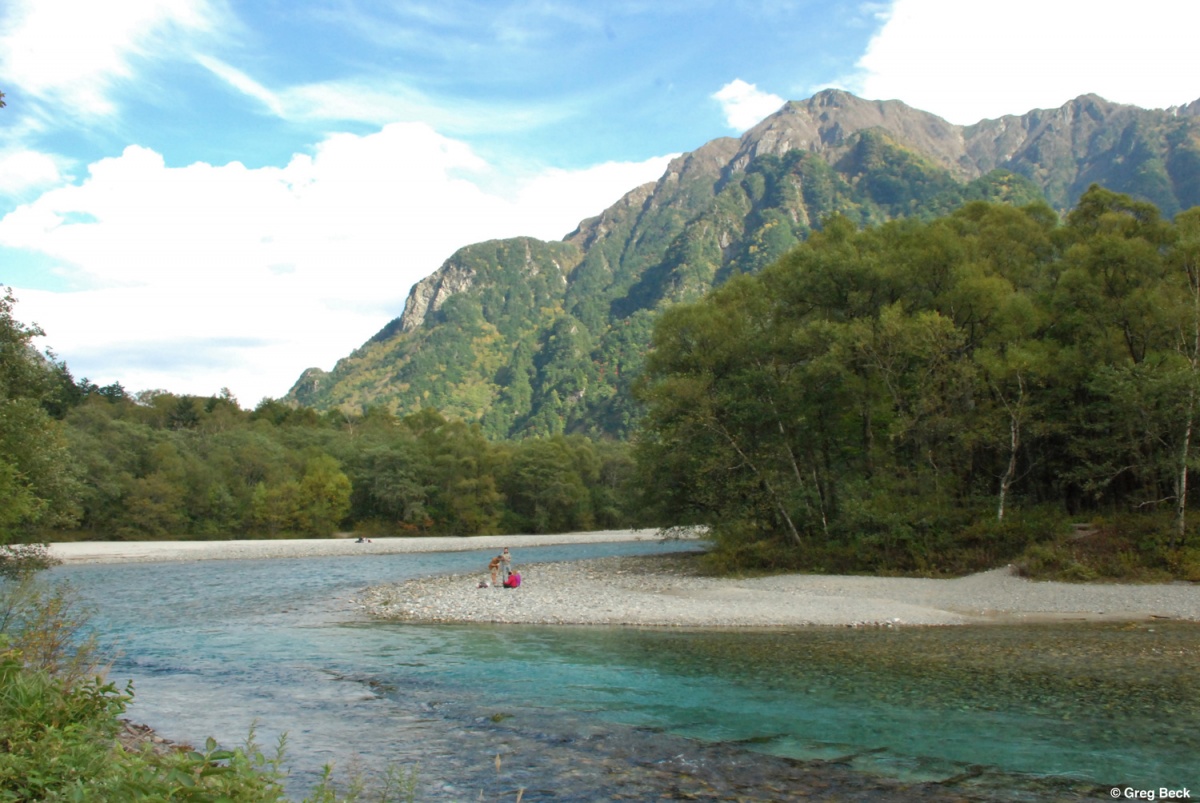
http://www.chopsticksny.com/local/travel/travel_to_japan/2016/11/SHORYUDO_Knockout-Destinations
Heading into Nagano Prefecture, I spent the afternoon at Matsumoto Castle, a unique, black castle dating back to the 1500s. Inside, the castle’s museum boasted a large collection of—not katana—but guns! Where Shuzenji felt like Little Kyoto, I might call Matsumoto “Little Tokyo.” The modern city was quite international. My beautiful hotel, Buena Vista, had a French restaurant, and I noticed at least two foreign employees.
I woke up early to squeeze a visit to the Matsumoto City Museum of Art, because it happens to be the hometown of Kusama Yayoi, the internationally revered artist. From there I took a short bus ride to Kamikochi for a nature hike. The trail wound along an active volcano, Mount Yakedake, and a river with the clearest, most alluring water. If it hadn't been 20 degrees cooler in the mountains, I might have jumped in, and still, truly, I wanted to! Kamikochi also receives top marks for helpful, bilingual signs, explaining the flora and fauna. Ending at Kappa Bridge, the trail led to restaurants, souvenir shops, and cheese-flavored soft-serve ice cream!
Recommendations: Hirayu Grand Waterfall
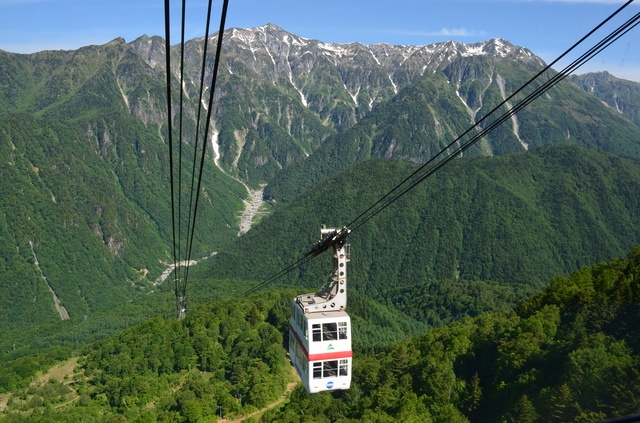
https://pixta.jp/
My tour was nicely bookended by “Ropeway” lifts to panoramic mountaintops. The first lift at Izunokuni Panorama Park crosses over rice fields, through a forest and over a gorge, until you reach a lovely park on top, complete with restaurant, shrine—even a free hot spring for legs and feet. From the observation deck, you could see Mount Fuji and the ocean spotted with islands.
My second mountaintop was the Shinhotaka Ropeway, boasting the only double-decker rope-car outside of Switzerland. The scenery could not have been more different. Deep in the mountains stood the ridgeline of the Japanese Alps and smoke puffing from Mount Yakedake. Many of my fellow passengers were armed with backpacks and walking sticks, headed straight for more mountain trails. Shinhotaka also had lovely facilities, offering fresh, baked goods, live music performances, and several natural hot springs, indoor and out.
Recommendations: Bokka no Sato recreational park, Mino Kabuki Museum Aioiza
Aichi Again
My journey ended in Nagoya, Shoryudo’s biggest city. I sated my appetite for karaoke, night clubs, and Starbucks, but more than just the big city life, I also spent several hours at the massive Tokugawa Art Museum. The Tokugawa Clan ruled Japan’s government for over 200 years, so I could have spent more than one day poring over all of the samurai armor, katana, Noh masks, kimono, netsuke, and other artifacts the wealthy family had amassed.
Time will tell whether the new Shoryudo branding sticks around, but my experience in the Chubu Region was so rich and dense in Japanese history, nature, cuisine, and culture, I am convinced that any first-time traveler, or long-time resident of Japan, will find something new, in something old and magical, in Shoryudo.
(Original photos by Greg Beck.)
For more information about the Shoryudo area, go to
http://shoryudo.go-centraljapan.jp/en/index.html


